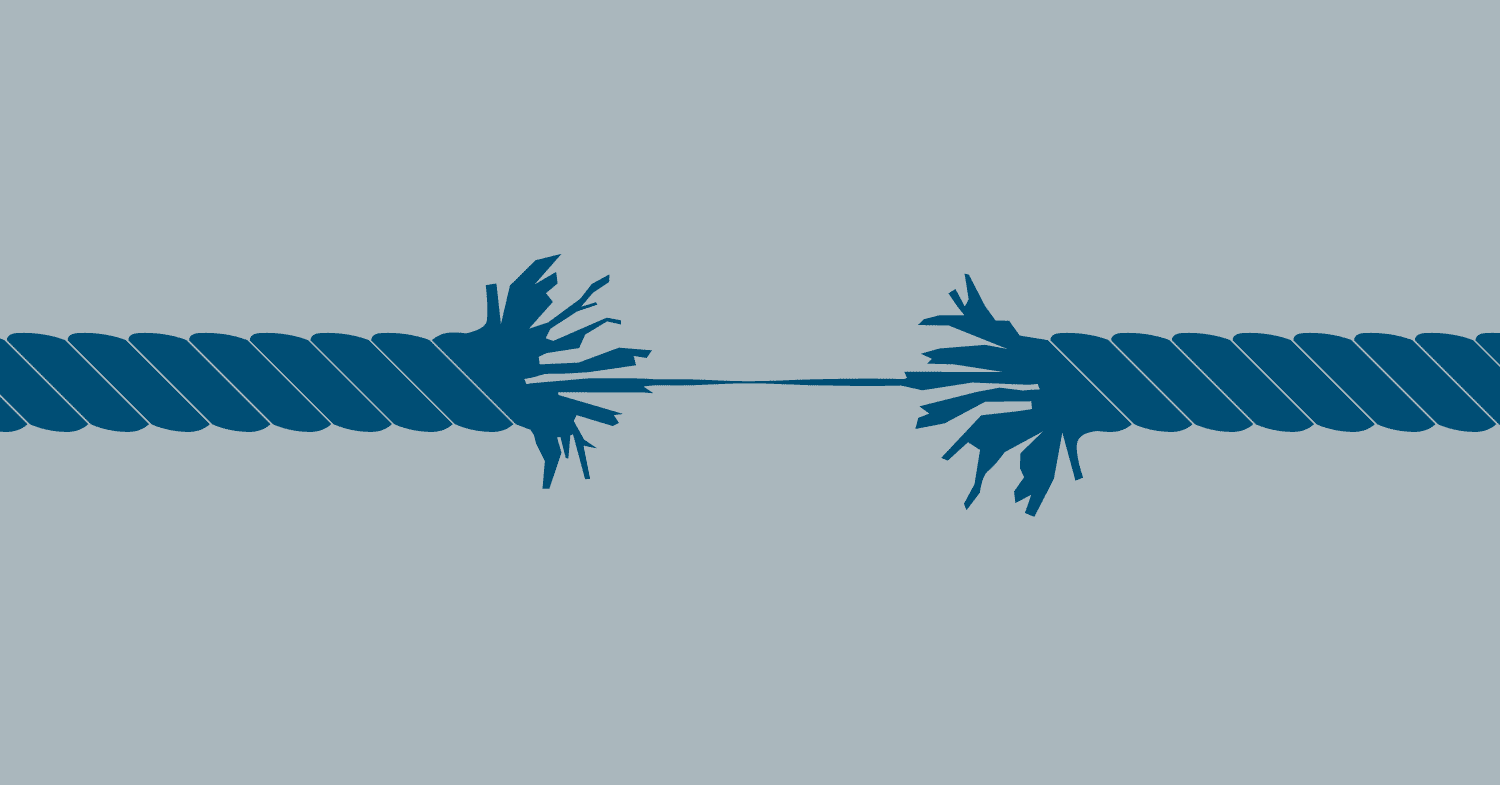Gross negligence is an omission to exercise the slightest level of due diligence. Liable parties cause harm by failing to use the tiniest fraction of care to avoid an accident. The actions are deliberate and show disregard for the consequences others may suffer. In cases of gross negligence, the party knew or should have known the risks of their actions.
Tort laws allow victims of gross negligence to file a lawsuit to recover damages. A successful case means recovering an award to cover losses and help the claimant get back on their feet. A qualified personal injury attorney could help hold the negligent party financially accountable. The Legal communication management tool makes it simple for busy lawyers to stay in touch with clients and colleagues.
- The Legal Information Institute defines gross negligence as the utmost disregard for the safety and welfare of others.
- Gross negligence is a conscious violation of other people’s legal right to safety.
- A person who exhibits a high degree of reckless indifference departing from the ordinary standard of care is guilty of gross negligence.
Continue reading for more about the gross negligence definition. The article will discuss the differences between ordinary negligence and gross negligence. It will also go over the elements needed to establish liability.
Contents
What is gross negligence?
The definition of gross negligence is the total lack of care and disregard for the safety of others. Under civil law, people must avoid causing preventable accidents and harming people. Thus, lawsuits occur after injuries because of wanton actions that fall between negligence and intentional misconduct. The jury in tort claims considers if a rational person in the same situation would have known the foreseeable harm.
Tort law requires that everyone shows a level of care when performing acts that could be hazardous to others. One example is driving with caution to avoid car accidents. A personal injury lawyer could answer questions on tort law and investigate the cause of action. They could also help collect the evidence to establish a claim for gross negligence. Legal technology is advancing at lightning speed, and the need for carrying around thick legal files is history. Attorneys can stay in the know using personal injury case management software.
- The actions in gross negligence claims are more extreme than ordinary negligence.
- Gross negligence is willful and wanton misconduct so drastic that it almost rises to the level of intentional behavior.
What is the difference between gross negligence vs. Negligence?
The difference between gross negligence vs. negligence is deliberate misconduct or carelessness. Gross negligence is an amplification of irresponsible behavior or willful misconduct. It is hazardous acts that go beyond the realm of careless actions. Gross negligence implies a thoughtless disregard for the consequences or well-being of others. Ordinary negligence claims arise when people fail to exercise the same care and prudence a responsible person would.
Gross negligence claims often result in higher award amounts. Damages are more because of the conscious disregard for people’s right to safety. Lawyers can help determine the value of claims using a personal injury settlements calculator.
- Negligence is inattention or a careless mistake, while gross negligence is a severe breach of duty of care
- Gross negligence shows a conscious disregard for the welfare of others
- When a person’s actions show a high degree of reckless indifference and failure to act reasonably, they are guilty of gross negligence
What is an example of gross negligence law?
An example of gross negligence law is reckless driving in crosswalks and harming pedestrians. The pedestrian could file a lawsuit in the civil court to recover damages. A court may also find a person driving under the influence and causing an accident guilty of gross negligence. Everyone has a legal duty to use reasonable precautions. Thus, the plaintiff must prove the defendant’s actions breached the duty of care. When deliberate and wanton disregard for safety causes others to suffer harm, a court could hold them liable for damages.
Negligence is the bedrock of tort law and civil action lawsuits. Specific elements must be present to prove the defendant is liable for damages. The case must also show that the defendant owed the claimant a duty of care and brazenly disregarded the duty. The lawsuit must also indicate a causal link between the negligent actions and the damages. Finally, the suit must establish that the plaintiff suffered verifiable losses.
Medical records, police reports, and expert testimony will prove the last element of negligence. An award could cover medical bills, lost salary, and pain and suffering. Compensation amounts depend on the details of the case. The judge reviews facts such as the extent of injuries and the defendant’s level of negligence. A matter management software tool makes it simple to track medical records and expenses for tort claims.
CloudLex provides software for attorneys specializing in tort law and class action lawsuits. The solutions revolutionize legal technology and help lawyers handle tasks on the go. For more information, follow the link to schedule a demo of CloudLex.

